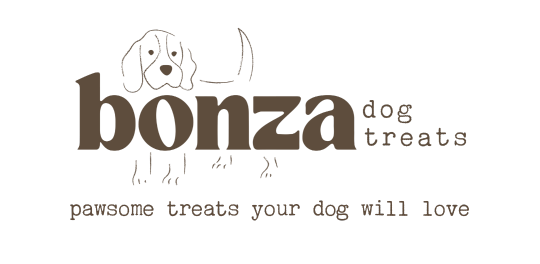How abrasive chewing helps teeth
Every time your dog chews, they’re doing more than entertaining themselves — they’re giving their teeth a workout. The abrasive action of gnawing helps reduce soft plaque before it hardens into tartar. Unlike kibble (which often shatters on impact), chewy, fibrous treats force dogs to work their jaws, scrape teeth, and massage gums. That’s why raw feeders and natural treat fans often notice fresher breath and cleaner smiles without fancy products.
The role of fur in scraping and flossing
Here’s where fur steps up. When dogs chomp on a fur-on ear or skin strip, the fine hairs act like natural dental floss, sweeping between teeth and polishing the surface. Think of it as nature’s toothbrush — no plastic, no chemicals, just the original cleaning tool dogs evolved with. Plus, fur adds extra fibre, which helps digestion and firm stools (a bonus most dental chews can’t match).
Furry treats vs dental chews (natural vs synthetic)
Pet store shelves are stacked with bright green sticks promising fresh breath. While some dental chews may help, they often contain fillers, flavourings, or preservatives — things you might not want in your dog’s daily routine. By contrast, fur-on treats are single-ingredient and air-dried, delivering dental care without additives. Dogs get enrichment, nutrition, and oral health all in one chew — and you don’t have to buy into the “minty dog breath” gimmick.
Our top dental-friendly fur treats
Not every chew works the same way, so here are Bonza’s best natural dental helpers:
-
Rabbit Ears with Fur – Gentle, low-fat, and perfect for small to medium dogs.
-
Beef Ears with Fur – Crunchier and a bit tougher, great for medium to large breeds.
-
Venison Ears with Fur – Lean, novel protein and ideal for dogs with common protein sensitivities.
-
Wallaby Skin with Fur – Fibrous strips that keep teeth busy while adding gut-friendly fibre.
-
Goat Tails – A very hairy option for fur-natics.
Each provides a different chewing texture but the same natural “flossing” action.
Supervision tips and choosing the right size
Like all chews, safety comes first:
-
Match size to your dog. A rabbit ear suits a Cavoodle, but a German Shepherd may need something sturdier like goat or venison skin.
-
Watch the chewing. Supervise to prevent gulping or swallowing large pieces.
-
Start slow. If your dog is new to fur, begin with one treat and monitor digestion.
-
Rotate textures. Just like us, dogs benefit from variety — it keeps their mouths busy and teeth cleaner.
-
Fresh water always. Chewing (and fur fibre) makes dogs thirsty, so keep bowls topped up.
The takeaway
Dental care doesn’t have to mean wrestling with a toothbrush or shelling out for vet cleanings. By adding fur-on treats a few times a week, you can naturally support your dog’s oral health while giving them the enrichment and nutrition they crave. Cleaner teeth, happier gut, wagging tail — now that’s a win-win.





